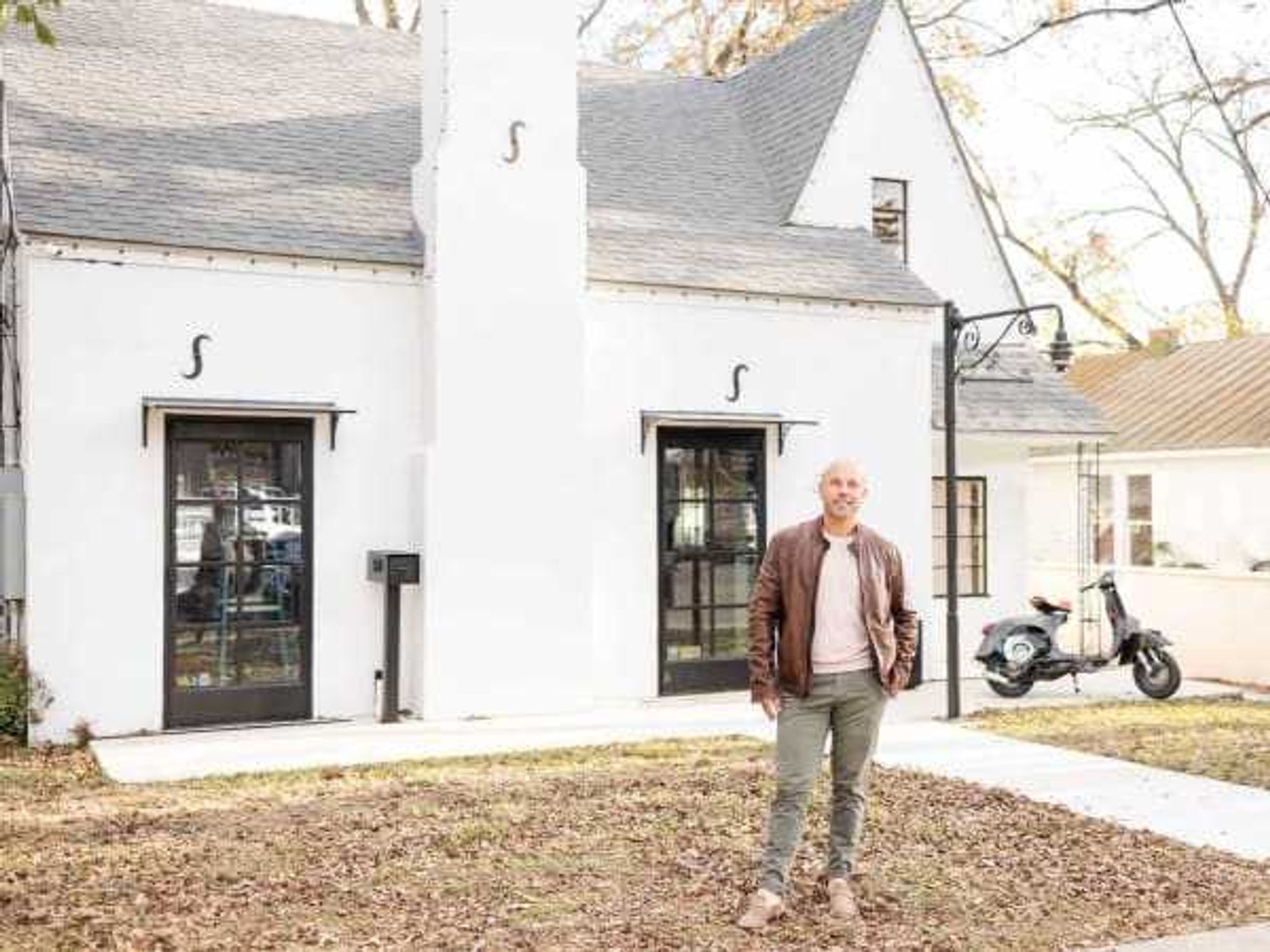instagram goes wild
James Beard Award-winning forager plucks Texan plants for how-to talk at SXSW

Alexis Nikole Nelson, better known as BlackForager, took her foraging skills to a SXSW stage.
To urban Texans, foraging may sound like an ancient, lost art or a complicated excursion, but it could be as simple as picking a backyard weed and eating it raw.
James Beard Award winner Alexis Nikole Nelson goes by BlackForager on social media, seeking out wild, edible plants, sharing recipes, and shouting into the camera. Her usual send-off: “Happy snacking, don’t die!” On March 10, the first day of South by Southwest (SXSW), Nelson gave a presentation on foraging in urban areas, well-suited for complete beginners, with a bit of additional attention for Austin locals.
“But, loud lady,” Nelson says, imitating disempowered city folk, “I don’t live in the middle of the woods like it seems like you do.” Rest assured, there is no minimum rusticness required for foragers to ride this ride. She points out that she spotted some edible plants right across the street from the convention center that went completely unnoticed by passersby.
Austinites are lucky to live in a city with prevalent green spaces, and unlucky to live in a state where collecting plants on public lands is generally illegal — not that police offers know that law, Nelson suggests. In fact, it's difficult to find those laws at all, even with a detailed online search. A debate circulates the Hill Country yearly during wildflower season, when rumors claim bluebonnets are illegal to pick, but news sources and blogs generally agree the activity is permitted in certain circumstances.
Nelson and many others (take fashion designer Ron Finley, who was legally threatened for planting a garden in a public area), have argued that restrictive laws around food sources were often — and still remain — a tool for curtailing self-sufficiency for non-landowners (including, but not limited to enslaved people). Even in her own yard, Nelson says she faced homeowners association fines for allowing it to grow naturally.
"It is an act of justice to put our hands to the earth to support ourselves," Nelson asserts in a video about why she chose the moniker BlackForager.
The SXSW talk also addressed other reasons to support foraging in marginalized communities and beyond: it provides nutritionally dense foods compared to the grocery store items that are selectively grown for taste and prolonged storage, gets people involved in their surroundings and land stewardship, and exposes a "new inherent value" even in seemingly less fruitful environments.
It’s possible to find snacks and seasonings in backyards, trees that were planted as decoration, and nature hikes — basically anywhere that it's not dangerous to consume plants. Nelson recommends staying away from the edges of sidewalks, houses that may contain lead paint, railroad tracks, golf courses, and other sites that are heavily fertilized. She also pointed out poison ivy along a creek trail in Austin.
Some plants Texans can forage, from Nelson's presentation (which covered a much wider geographic range), include:
- Cherries: Some cherry trees are native to Texas, with edible blossoms and fruits (minus the pits). The blossoms can be used as a garnish or made into a fruity, almond-like syrup.
- Serviceberries: The small fruits are delicious and come out earlier in the season than many. Their leaves are also edible. These are delicious fresh off the plant, but Nelson also likes making serviceberry jelly.
- Magnolias: These trees are beautiful, and easy to find in many Texas neighborhoods. Nelson describes the flavor of the native varieties' flowers as "floral citrus with a little spice at the end," and uses the leaves as a bay leaf substitute.
- Oak trees: One of the most ubiquitous symbols of Texas and the South produces acorns, which must be processed for snacking, but can also be made into a flour for baking.
- Texas persimmon: Asian cultures value this fruit more than most, but Texans have their own native varietal. Fruits should be eaten only when ripe, when they will look black and taste sweet.
- Yaupon: This holly tree is native to Texas and commonly thought to be toxic, although that's not the whole story. Although the berries are toxic when eaten in too high a quantity, the leaves have long been made into tea.
- Dandelions: These weeds are not native to Texas, but grow basically everywhere, anyway. They are entirely edible including their roots. Dandelion greens, especially, can be found in grocery stores and even restaurants.
- Horseweed: one of the most annoying lawn invaders is actually delicious, and even rumored to be used in a very popular soda. This is the plant Nelson saw across from the Convention Center. It tastes sweeter dried.
- Thistles: These like dry soil (a Texas hallmark), and can be eaten as long as the spikes are not in the way. Artichokes are a type of thistle. The stems taste like celery.
Nelson shares recipes on Instagram, TikTok, and YouTube, along with general tips for foraging. There are many blogs and even some semi-official resources for foraging in Texas. Take a friend, and be completely sure of identification before tasting something.
